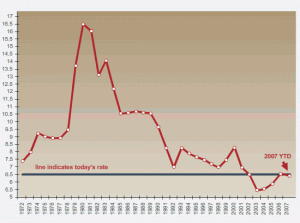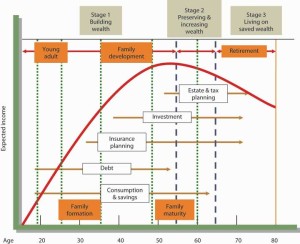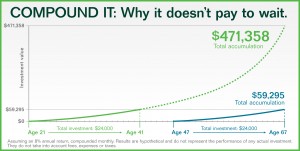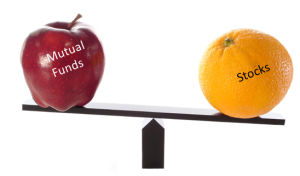 I recently had a conversation with my kids around what the MERs mutual funds charge and also what sales commission is charged when you buy or sell an equity (I use equity and stock interchangeably). Mutual funds charge from 1% to 3%. The norm being around 1.8% whether you make money or not in any given year. Investment strategies for many consumers never considers these costs. However over the years, the approach you take can add considerable costs to your plan.
I recently had a conversation with my kids around what the MERs mutual funds charge and also what sales commission is charged when you buy or sell an equity (I use equity and stock interchangeably). Mutual funds charge from 1% to 3%. The norm being around 1.8% whether you make money or not in any given year. Investment strategies for many consumers never considers these costs. However over the years, the approach you take can add considerable costs to your plan.
Trading directly in equities (stocks) with a firm like Edward Jones result in high trading fees compared to other online no service trading accounts with the banks etc. Over the life of your RRSP savings, a significant amount of money could be saved and reinvested. Consumers can make even more money by using discount traders and staying away from mutual funds. So why not invest directly in equities instead of mutual funds? The devil is in the details.
My own personal strategy is to use Edward Jones to bounce ideas off of and for them to keep me abreast of changing legislation that could impact me. There have been two major ones over the past 15 years which has saved me quite a bit of money. The amount I pay Edward Jones for MER and trading fees has been well worth it. If I was trading more often then using a discount broker is definitely the way to go.
Investment Strategies
These are some of the rules that I try to follow with regards to my investment strategy.
- Set goals related to when you want to retire. focus on how much you will need to maintain the standard of living that you want to have when you retire. Your income will come from pensions, CPP, OAS, and Savings. Life will throw curve balls at you so you need to be prepared for whatever comes your way.
- Your investment advisor works for you and should provide you with guidance however only you understand your investment goals and direction and requirements over your lifetime. You need to pay attention and learn as much as you can to make well informed decisions, just like your job.
- Treat investing like a project as part of your job. Apply the same approach to investing that you would to do your job. This means you need to pay attention all the time to your investments. Set a time twice a year to do a full review. Are you meeting your goals?
- Diversify your investments between high-risk, moderately conservative and ultra-conservative. Your investments should be roughly 10% high risk 85% moderately conservative and the rest in cash or money market waiting for opportunities.
- Always diversify your investments across industries, banking, energy, communications, goods and services.
More Strategic Ideas
- Invest in high-quality stocks for equities, that are paying regular dividends, and have a history of increasing their dividends at regular intervals.
- Minimize trades to minimize costs for trading commissions, only rebalance when absolutely necessary.
- Mutual funds should be part of your plan but only 10 to 15% of your total investment strategy. Although you are paying MER, investing in a dividend-focused mutual fund gives you additional diversification.
- Many people use the DRIP approach, dividend reinvestment plan, offered by many companies to avoid paying advisor fees when they buy stock. This is a great way to increase your investment in the quality stocks that your own, without additional advisor fees.
- If you invest in high-risk stocks, that appreciate considerably, lock in profits by selling a minimum of 50% of the shares you own. High-risk stocks can go up and down very quickly. Remember until you sell you have not locked in any profits or losses.
- The stock market goes through minor corrections of 10% every year. Be prepared to ride out these volatile situations, since history has shown the stock market will appreciate 10% and more after a correction within six months. Major corrections such as 20 to 25%, for example 2008 and 2009, take longer to correct. You only lose money if you sell at a loss, the market corrected itself and has more than doubled since 2008.
Summary – Investment strategies
With this strategy in mind, utilize your investment advisor as a consultant. They can help you adjust your investment strategy over the years. They will try to get you to make trades to rebalance your investments etc. But if you’re comfortable with your strategy there should be no need to sell and trade equities very often.
If you follow this approach, the commission you pay on mutual funds will be minimal. The trading costs associated with trading through someone like Edward Jones or another full-service investment company will also be minimal.








